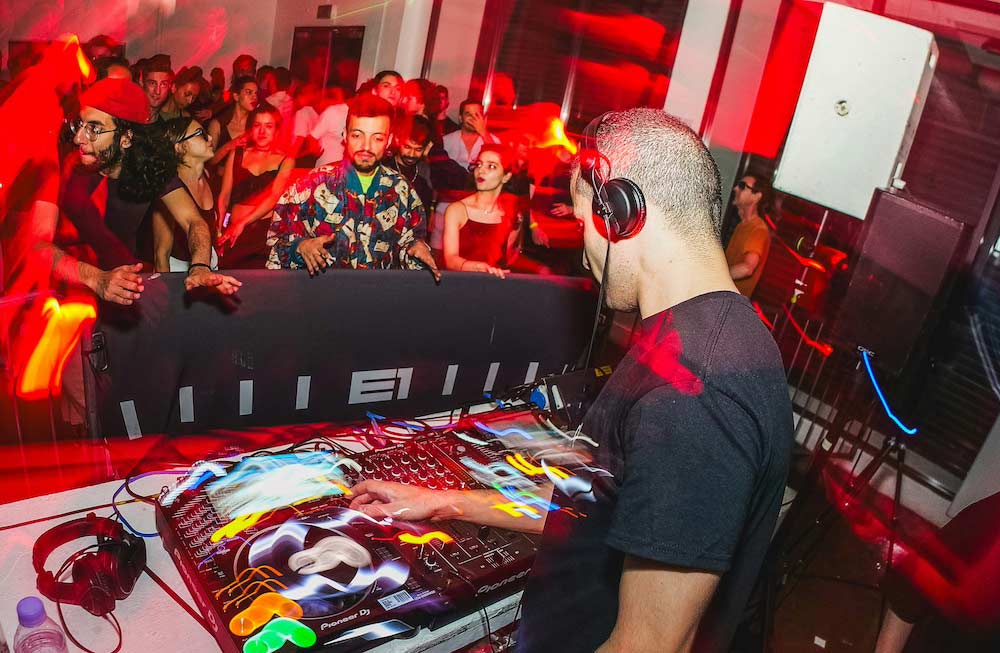How to Protect Your Hearing as a Sound Professional
October 22, 2024

In the world of sound, your ears are your bread and butter. Whether you’re mixing tracks in a studio, setting up for a concert, or monitoring a live show, your hearing is the key to your success. But spend enough years around blaring speakers and thumping bass, and your most important tool might just start to wear out. Protecting your hearing isn’t just a health precaution—it’s an investment in your career’s longevity.
Now, the most obvious solution might seem like grabbing a pair of earplugs from the local pharmacy, but any sound professional worth their salt knows that standard earplugs just don’t cut it. Sure, they block out harmful noise, but they also warp the very sounds you’re trying to perfect. Enter musicians’ earplugs: custom-fit, and designed to protect your ears while preserving the integrity of the sound. With customizable filters, you can adjust the levels to suit any environment, from the quietest studio to the loudest stage.
But let’s not stop there. For those who need more than just earplugs, In-Ear Monitors (IEMs) are the way to go. These little gadgets aren’t just about letting you hear your performance; they’re about protecting your hearing from the onslaught of external stage noise. IEMs allow you to keep your monitoring volume at a safe level, effectively reducing the risk of long-term damage. It’s like having a personal sound bubble where you control the volume and the mix, all while keeping your ears safe from harm. I know, most DJs will say this will not work for them because they use the headphones to queue the music, while using monitor speakers to mix the music. However, many mixers and controllers allow you to queue with one ear and hear the final mix in the other. This setup will allow this solution work.
Best practices for hearing protection in this industry should be as second nature as checking your levels. First off, be mindful of exposure time. Anything louder than 85dB can start to damage your hearing with prolonged exposure, so make it a habit to take regular breaks and give your ears some downtime. Secondly, always have your protective gear on hand. Whether it’s custom earplugs or IEMs, treat them like your go-to tools—never leave for a gig without them.
The bottom line is simple: if you lose your hearing, you lose your job. In this industry, that’s a risk no one can afford to take. So, protect your ears like the precious instruments they are. Invest in the right gear, use it consistently, and stay vigilant about your hearing health. Because at the end of the day, the only way to keep creating incredible sound is to ensure you can still hear it.